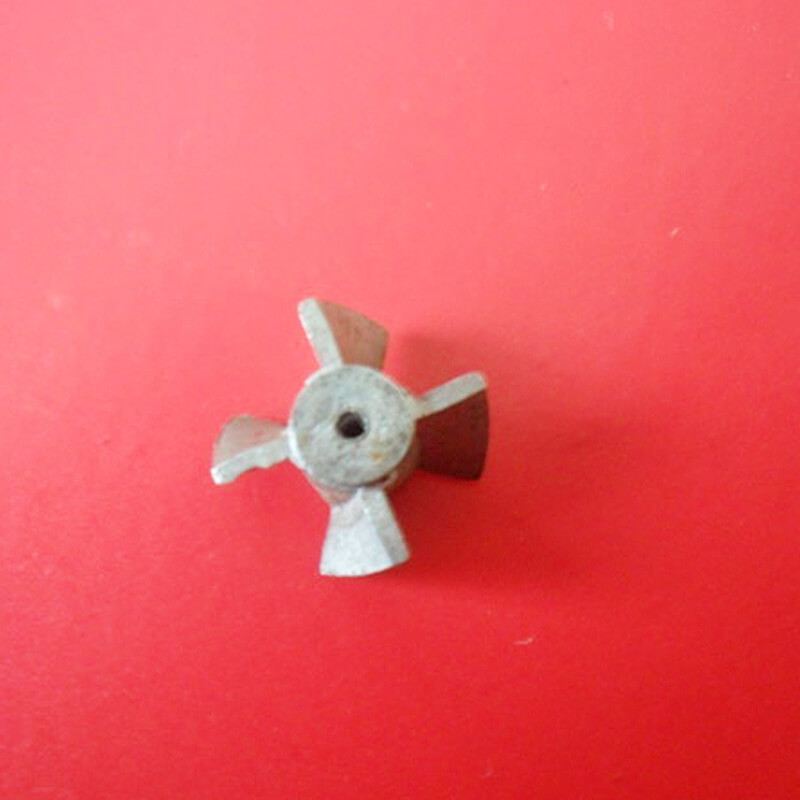The sintered body of metallurgical oil-bearing bearings is made of powder metallurgy with Gear Powder Metal Parts as the main raw material. It is originally porous and has the technical advantage that the number, size, shape and distribution of the holes can be freely adjusted during the manufacturing process. Using the porosity of the sinter, 10%-40% of the lubricating oil is soaked in the sinter to make the sinter in a self-oil supply state.
During operation, the oil bearing temperature rises. Since the expansion coefficient of oil is greater than that of metal, it will automatically enter the sliding surface to lubricate the bearing. The oil-impregnated bearing can be used for a long time, and the oil can be added once, and it is often used in inconvenient occasions. Metal-based inlaid solid self-lubricating bearing is a new type of lubricating bearing with both metal bearing and self-lubricating bearing. It is carried by the metal base and lubricated by special solid lubricating materials.
It has the characteristics of high bearing capacity, impact resistance, high temperature resistance, and strong self-lubricating ability. It is especially suitable for occasions where it is difficult to lubricate, form an oil film, and is not afraid of water erosion and other acid corrosion, such as heavy load, low speed, reciprocating or swinging. Inlaid bearings not only save oil and energy, but also have a longer service life than ordinary sliding bearings. At present, the products have been widely used in metallurgical casting, steel rolling equipment, mining machinery, ships, steam turbines, water turbines, injection molding machines and equipment production lines

Therefore, compared with oil-impregnated bearings, oil-impregnated bearings are made of metal powder, with a structural gap of 10-40%; the embedded self-lubricating bearing matrix adopts centrifugal casting; the matrix has higher density, higher bonding strength, and longer service life than oil-impregnated bearings;
The lubricating material of the oil bearing is lubricating oil, and the thickness of the oil film is sufficient to eliminate the direct contact between the two friction surfaces. At this time, there is only friction between liquid molecules, and the friction coefficient is very small, which greatly reduces friction and wear; the lubricating material embedded in the self-lubricating bearing is a solid lubricating material, which can obtain a good lubricating effect even in an oil-free state, ensuring The continuity and sustainability of lubrication, and its effective lubrication life is consistent with the matrix.
The lubricating oil in the bearing is volatile and easy to lose. Under high temperature and high pressure, the lubricating oil film accelerates and dissipates, and the proper lubrication effect cannot be obtained. The solid lubricant in the hole or groove is transferred to the friction surface through friction or reversely. The solid transfer film has good lubricity, strong adhesion, uniform coverage on the friction surface, and greatly reduces friction and wear. With the development of friction, in order to ensure good lubrication of the friction pair during long-term operation, solid lubricants are continuously embedded in the friction surface.

 English
English 简体中文
简体中文






